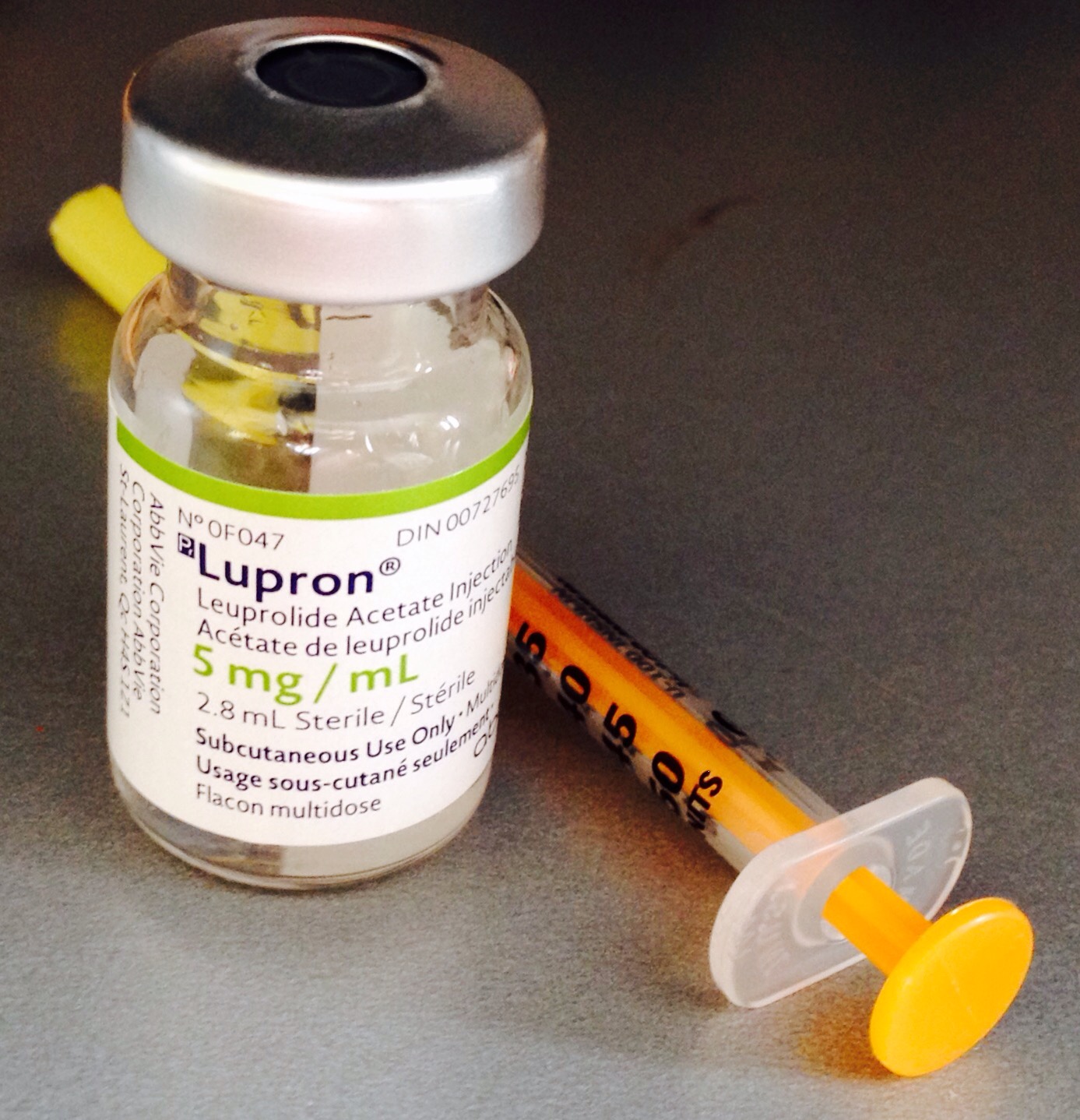Precocious Puberty: Symptoms, Causes, Treatment
Central Precocious Puberty Symptoms
Central precocious puberty (CPP) is a condition in which puberty starts earlier than usual, typically before age 8 in girls and before age 9 in boys. The symptoms of CPP are similar to those of normal puberty but occur at a younger age. These symptoms can include:
- Development of secondary sexual characteristics: This includes breast development in girls and testicular enlargement in boys.
- Growth spurt: Children with CPP may experience a rapid growth spurt, leading to increased height compared to their peers.
- Pubic or underarm hair: The growth of pubic or underarm hair may occur earlier than usual.
- Acne: Some children with CPP may develop acne earlier than their peers.
- Body odor: Body odor may become noticeable earlier than expected.
- Advanced bone age: A bone age X-ray may show that the child’s bones are more mature than expected for their chronological age.
It’s important to note that these symptoms can vary among individuals, and not all children will experience the same symptoms. If you suspect that your child may have CPP, it’s important to consult a healthcare provider for an accurate diagnosis and appropriate management.
Peripheral Precocious Puberty Symptoms
Peripheral precocious puberty (PPP), also known as precocious pseudopuberty, is a condition in which there is early development of secondary sexual characteristics due to the production of sex hormones outside of the hypothalamic-pituitary-gonadal axis. Unlike central precocious puberty (CPP), which is driven by early activation of the hypothalamic-pituitary-gonadal axis, PPP is typically benign and self-limited. The symptoms of PPP can include:
- Early development of secondary sexual characteristics: This can include breast development in girls (thelarche), pubic or underarm hair growth, and genital enlargement in boys.
- Accelerated growth: Children with PPP may experience a growth spurt, leading to increased height.
- Advanced bone age: X-rays of the hand and wrist may show that the child’s bones are more mature than expected for their chronological age.
- Menstruation (in girls): Some girls with PPP may experience vaginal bleeding, although this is less common compared to CPP.
- Acne and body odor: These symptoms may occur due to the increased production of sex hormones.
It’s important to note that PPP is usually benign and does not require treatment. However, it’s essential to consult a healthcare provider for an accurate diagnosis and to rule out other underlying conditions.
What is the cause of precocious puberty?
Precocious puberty refers to the early onset of puberty, which includes the development of secondary sexual characteristics and rapid growth. There are two main types of precocious puberty: central precocious puberty (CPP) and peripheral precocious puberty (PPP).
- Central Precocious Puberty (CPP): This type of precocious puberty is caused by the premature activation of the hypothalamic-pituitary-gonadal (HPG) axis, which regulates the production of sex hormones. The HPG axis is normally inactive in childhood and becomes active during puberty. In CPP, the activation of the HPG axis occurs too early, leading to the premature release of hormones such as luteinizing hormone (LH) and follicle-stimulating hormone (FSH), which stimulate the production of sex hormones (estrogen in girls, testosterone in boys) and the onset of puberty. The causes of CPP can vary and may include:
- Central nervous system abnormalities, such as tumors or brain injuries affecting the hypothalamus or pituitary gland.
- Genetic factors, as some cases of CPP can run in families.
- Certain medical conditions, such as congenital adrenal hyperplasia or McCune-Albright syndrome.
- Peripheral Precocious Puberty (PPP): PPP is caused by the production of sex hormones (estrogen or testosterone) outside of the HPG axis, often in response to conditions such as tumors or hormonal imbalances. Unlike CPP, PPP does not involve the premature activation of the HPG axis. The causes of PPP can include:
- Ovarian or testicular tumors that produce sex hormones.
- Adrenal gland disorders, such as congenital adrenal hyperplasia.
- Excessive exposure to external sources of sex hormones, such as medications or environmental factors.
In both types of precocious puberty, early puberty can also occur without an identifiable cause, which is known as idiopathic precocious puberty. Treatment for precocious puberty depends on the underlying cause and may include medications to suppress the production of sex hormones or treat any underlying conditions.
What is the treatment for precocious puberty?
The treatment for precocious puberty depends on the underlying cause and the type of precocious puberty (central or peripheral). Treatment aims to slow or stop the progression of puberty, prevent early fusion of growth plates, and minimize the psychological and social impact of early puberty. Here are some common treatment options:
- Central Precocious Puberty (CPP):
- Gonadotropin-releasing hormone (GnRH) analogs: These medications, such as leuprolide (Lupron) and triptorelin (Trelstar), are used to suppress the release of luteinizing hormone (LH) and follicle-stimulating hormone (FSH) from the pituitary gland, thereby halting the production of sex hormones. GnRH analogs are the mainstay of treatment for CPP.
- Monitoring and adjustment: Treatment with GnRH analogs requires regular monitoring of hormone levels and bone age to adjust the dosage and assess treatment effectiveness.
- Peripheral Precocious Puberty (PPP):
- Treatment of underlying cause: If PPP is caused by a tumor or other medical condition, treatment of the underlying cause may help manage precocious puberty.
- Observation: In cases where PPP is mild and not progressing rapidly, careful observation without immediate intervention may be recommended, as PPP can sometimes resolve on its own.
- Monitoring and follow-up: Regardless of the type of precocious puberty, regular monitoring of hormone levels, growth, and bone age is important to assess treatment effectiveness and adjust treatment as needed.
- Psychological support: Children with precocious puberty may benefit from psychological support to help them cope with the emotional and social challenges of early puberty.
It’s important to consult with a pediatric endocrinologist or healthcare provider experienced in treating precocious puberty to determine the most appropriate treatment plan based on the individual child’s needs and underlying condition.




